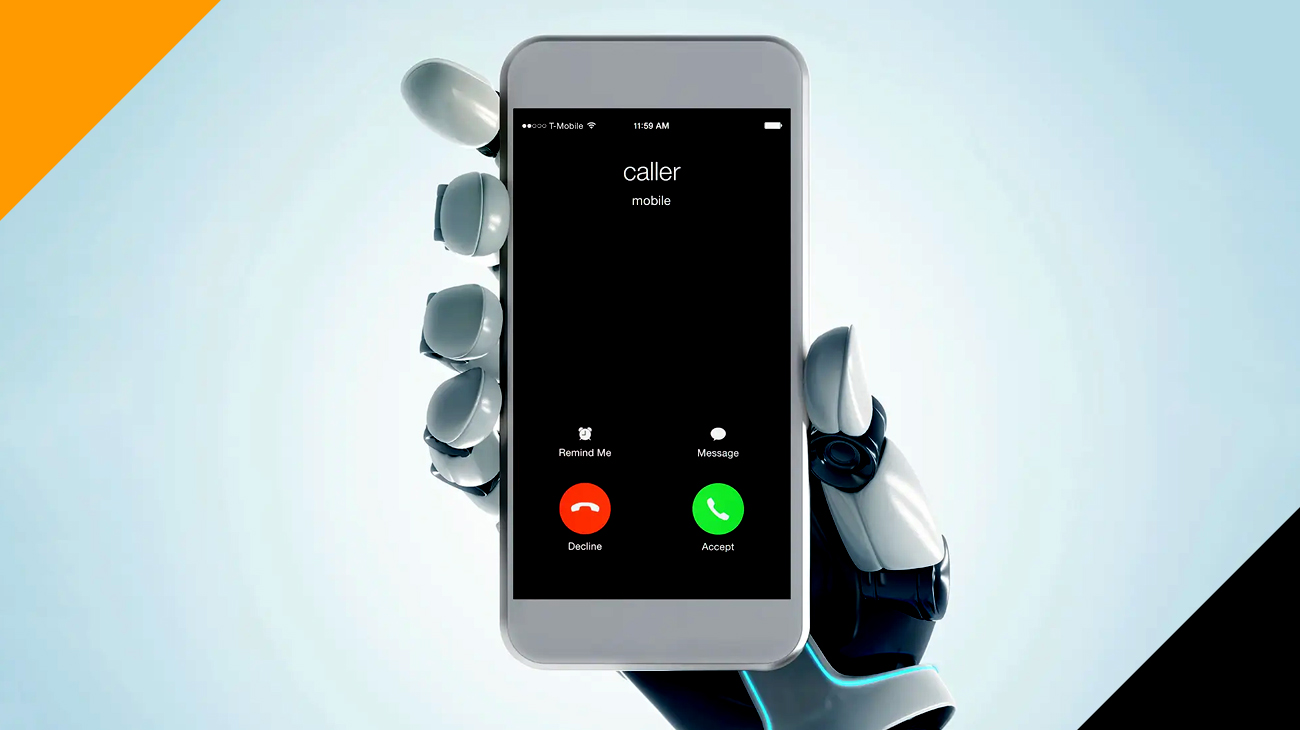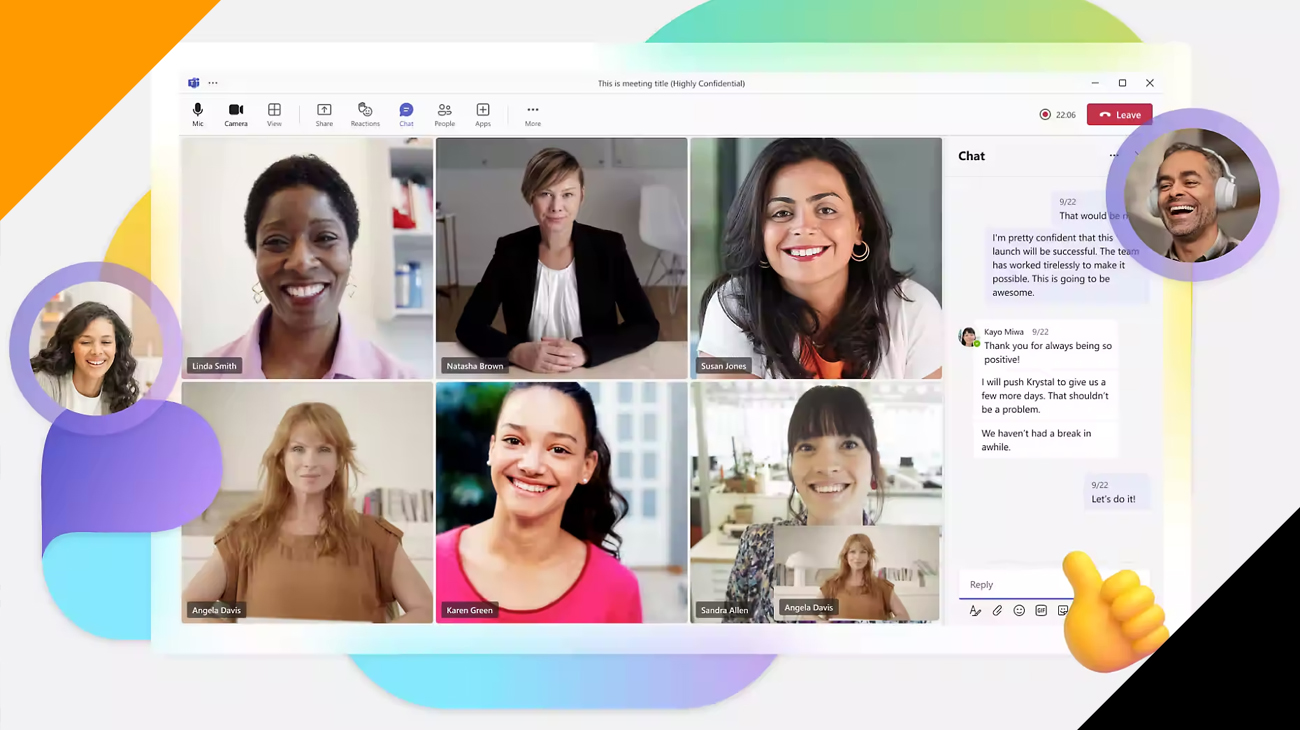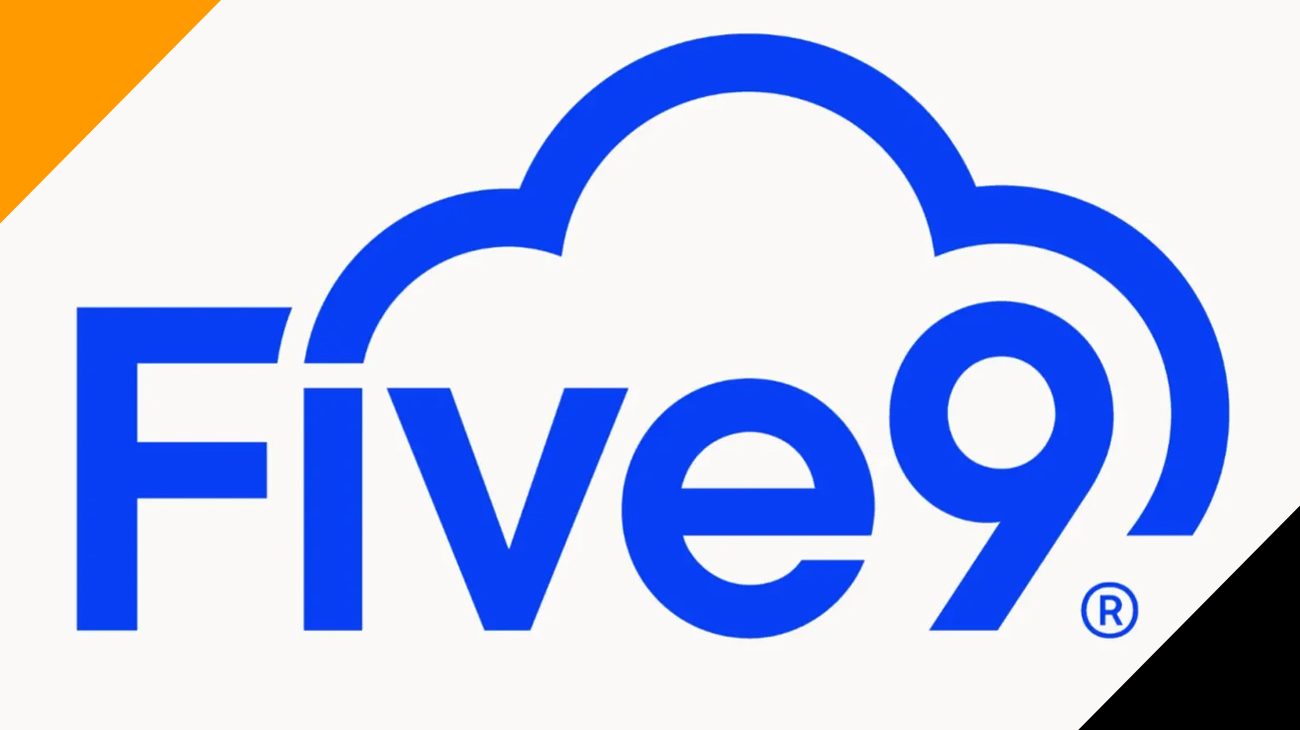First Things To Know About Calls In Microsoft Teams
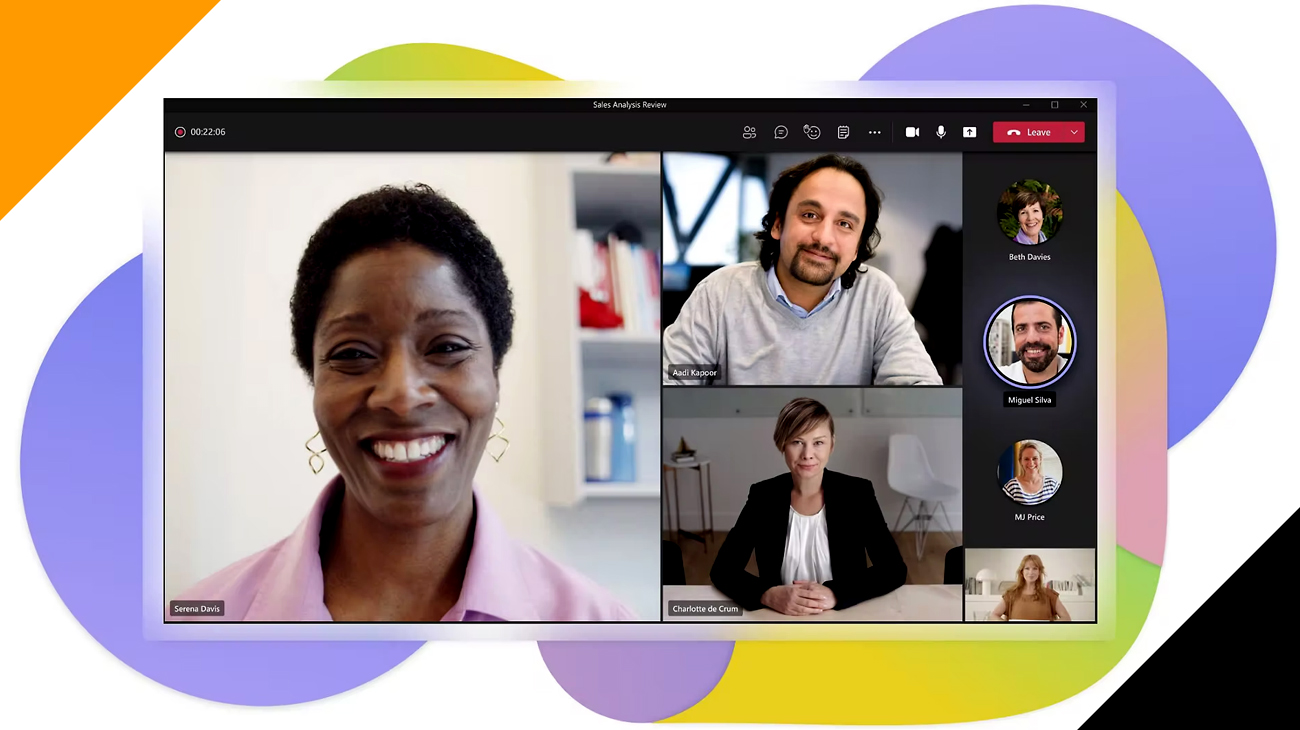
Microsoft Teams Calling: How To Start Making And Receiving Calls In Teams
As the world is embracing remote work and globally distributed workforces, many companies are looking to upgrade their communication systems to ensure that their employees can be productive even without face-to-face meetings or workplace interactions.
In this new normal the need for flexible and remote communication are no longer optional. Document sharing, messaging apps, tools, and obviously, calls must all be a part of the current environment. So, businesses will require an enterprise telephony system that doesn’t require an office or is dependent on hardware that is on-premises. That’s the reason Microsoft Teams — and the whole Microsoft Office cloud suite -is now a top platform to streamline communications and collaboration.
Although many businesses are making use of Teams within their own organizations, Teams is also being used to communicate with customers outside too. With Microsoft’s Teams Calling businesses can now utilize Teams as a telephony solution for enterprises. solution. In this article we’ll go over the most important characteristics that are available in Microsoft Teams Calling, and can anyone get on a microsoft teams call? In order to help you determine the benefits of it for your company.
Table of Contents
Can Anyone Get On A Microsoft Teams Call?
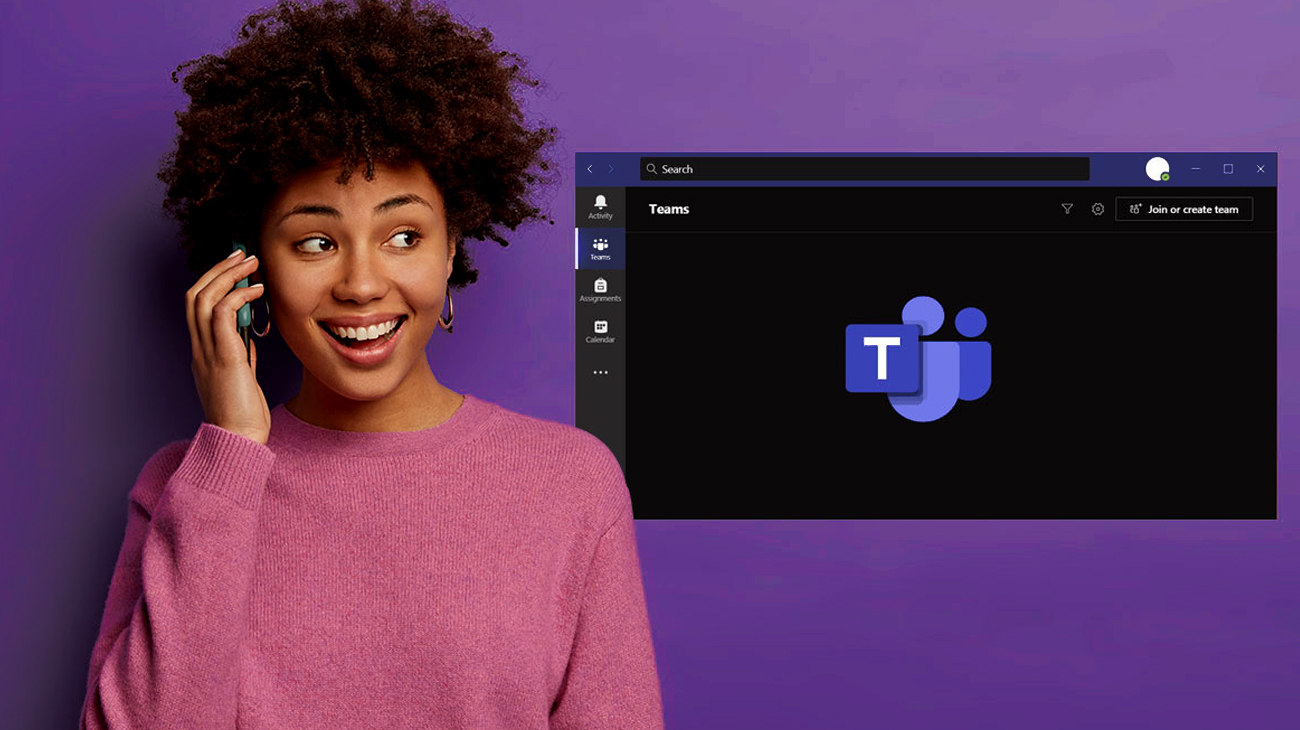
Can anyone get on a Microsoft Teams call? Yes, Anyone can join access to a Microsoft Teams call. Anyone can join any Teams meeting at any time and from any device, regardless of whether you’re a member of an account with a Teams account.
What Is Microsoft Teams Calling?
Microsoft Team Calling is also called Microsoft Teams Direct Routing allows you to call and receive calls externally through Microsoft Teams. Microsoft Teams is already the most effective, widely used and easy-to-use collaboration tool on the market. In addition, the ability to allow you to call and make calls inside Teams is a straightforward and unifying communication and collaboration tool for the majority of businesses.
Everyone would like to keep the technology they utilize as simple and easy as possible. This means fewer logins, user-friendly technology, and familiar interfaces. By using Microsoft Teams Direct Calling your employees can receive and make calls directly from the platform they’re already using to complete their work – using the comfortable Microsoft 365 and Teams platform.
How Does Microsoft Teams Calling Work?
Anyone who has used Microsoft 365 and Teams will be aware of the ease of utilizing Teams to call an internal employee and hold an instant chat or meeting via video or through voice. This is the greatness of the collaboration capabilities and the purpose it was designed for.
But, Microsoft 365 through Teams also comes with an in-built telephone capability, which allows it to directly connect with the PSTN and allow users to make calls and take them via the internet. This means that once enabled, you can make and receive calls using MS Teams exactly like you would with your regular phone on any device running Teams as well as from any place provided you have internet access.
Who Is Teams Calling Intended For?
It’s specifically designed for companies that use Microsoft 365 that are seeking an updated phone system. Teams Calling is available to Microsoft 365 subscriptions that include Microsoft Teams: Microsoft 365 Business Basic, Business Standard, Business Premium, F1, F3, E3, A3 and Office 365 F1, F3 A1, E3, A1, A3.
Key Features of Microsoft Teams Calling Explained
As we’ve observed, Microsoft Teams Calling can easily replace an existing phone system. Here’s a list of a few of the most advanced features:
- Cloud auto attendants: Create automated menu systems that can send incoming calls to particular departments or employees. The prompts for navigation can be based on the use of voice or keyboard responses. The caller can also connect to extensions of employees by dialing Dial By Name using a keypad or voice recognition.
- Call queues: Automatically put calls on hold and look for agents or employees who are available according to a list of employees that are capable of responding. Select from a variety of routing options including attendant routing round robin, serial routing or the longest idle.
- Call overflow and timeout: When the maximum number of calls in a queue are over or wait time is at a certain point then automatically disconnect or redirect calls to a different queue. It is also possible to ask that the caller leave a message before disconnecting.
- Cloud voicemail: Deliver voice messages to users’ email inboxes via an audio attachment, as well as text transcription. Users can secure access to voice messages using Skype and Teams apps. Users can access voice messages with Teams and Skype applications and set their greetings, rules for answering calls as well as out-of-office settings and much more.
- Call parking and retrieval: Put an incoming call on hold and create a unique code that can be used to be able to retrieve it later. Users can then change devices or provide the code to a different employee who will receive the call.
- Call sharing: Let employees share calls they receive with their colleagues by forming groups of users and selecting simultaneous forwarding or ringing. Users can decide on how they’ll be not notified of calls from shared users to ensure that they’re not a nuisance.
- Common area phone: Set up the phone in a conference room or any other location that allows a lot of users to make calls. This requires the use of a separate Common Area Phone (CAP) license and a certified phone.
- Caller ID: Displays information for internal callers, based on a corporate directory that includes employee names, photographs of their jobs, titles, and much more. For calls that come in from outside of the company will be displayed with information gathered from the phone service provider.
- Video calling: Make or receive face-to face video calls or conferences on any device equipped with speakers, a camera and microphone.
- Analytics: Inside Teams’ Teams Platform, there is per-user call analytics as well as a dashboard for quality of calls to track and improve communications performance throughout the company.
What Are My Options For Microsoft Teams Calling?
The built-in functionality of Microsoft Teams Calling is basic and requires a connection to Microsoft Calling Plans which many businesses find expensive. Thus, many companies decide to connect Microsoft Teams either through a Cloud PBX system or SIP. There are advantages for both as you can see in the following.
|
Integrating with your cloud or on-premise PBX gives you full capabilities of calling and contact features, combined with Teams’ collaboration suite, making it a flexible and future-proof solution for unified communications. |
|
For businesses with simple needs but relatively high call volumes, adding SIP gives a scalable and cost-effective solution along with enhanced call control features. |
What Are The Benefits Of Microsoft Teams Calling
- Easy Administration: Through a single interface for administration, Teams makes it simple to add users, assign numbers or even transfer your existing landline numbers onto the system. If you compare this to the addition of lines or extensions to an old landline-based PBX system it gives you more control and can save time. Users can be set up in a matter of minutes, and there is no waiting for a technician from maintenance to install the hardware or pay for costly new lines.
- Simple Team Communication: Microsoft Teams, which also has a chat-based workspace included in Office 365, offers voice-enabled team messaging that makes it simpler for your team members to communicate with one another. With Teams you are able to easily engage in conversation with an entire group of people or contact any of your contacts separately. There is no need to install any hardware or software – only an internet connection and an unlocked phone or a softphone.
- Simplify Software Stack: Utilizing Teams as the softphone can simplify using your existing software. Users who are already taught to use Microsoft Office 365 are likely to be using Teams for audio and video conferences. Instead of having an additional application that functions as a softphone, Teams extends to make use of incoming and outgoing voice calls.
- Shows on-Call Presence: New features are constantly being added to Teams. have been added to Teams. More and more new features are being added to. One new feature, currently in beta, makes use of Microsoft’s voice-enabled artificial intelligence (AI) to let users know the availability of team members. This new feature was created to make it easier for team members to be aware of who is available. It also allows users to attend meetings with ease. It is a beta release of this feature that is accessible for Office 365 users.
Frequently Asked Questions
Can you just call into a Microsoft Teams meeting?
In Teams you can dial into meetings by clicking the Calendar Meetings button on the left-hand side and selecting the meeting you wish to join and then calling the number that is listed in the meeting’s details.
If you’re not an active participant in Teams You can take part in the Teams meeting based on an invitation that you received from Outlook as well as another app. You can use the number listed for dialing into the meeting.
How Do I Join A Call On Microsoft Teams?
Participate in a Microsoft Teams meeting from your calendar, or log in as a guest via the internet.
Join a Teams meeting from the app
- In your calendar, click the meeting you want to attend before it’s begun or in progress.
- Switch on your camera, then choose Background filters and select the way you’d like to appear:
- Select a custom background.
- Select Blur.
- Choose your audio settings.
- Click Join today.
Join a Teams meeting on the web
- Are you not a member of the Teams app? You are still able to join the Teams meeting.
- In the email invitation Select Click Here to join the meeting.
- You can also call the dial-in number as well as a conference ID provided in the email to dial into.
- There are three options available:
- Install the Windows app Then download the Teams desktop application.
- Keep using this web browser: join an event for Teams on the internet.
- Start your Teams app If you’re already using Teams, open it. Team app, head straight into your next meeting.
- Enter your name.
- Select the setting for video and audio.
- Click Join today.
Based on the meeting’s settings, depending on the setting, you’ll be able to enter straight away, or go to a lobby where the person in the room will allow you.


